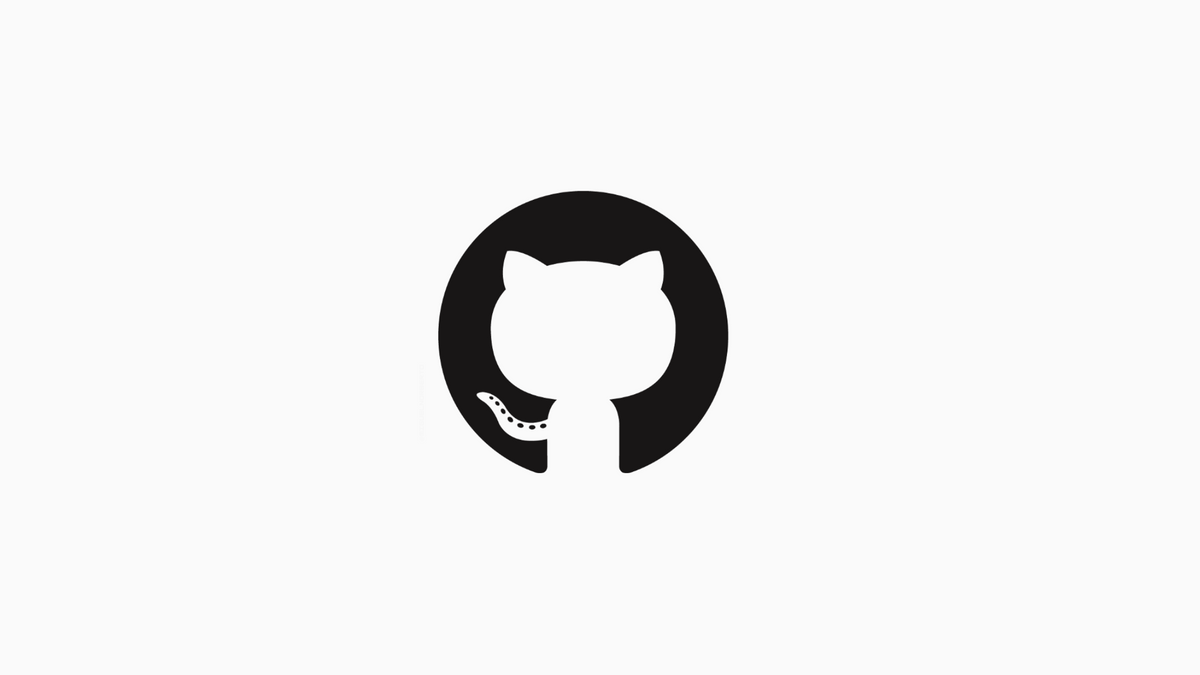How setup a GitHub Repo

GitHub is a web-based hosting service for software development projects that use the Git revision control system.
It offers all of the features of Git and adds its features. GitHub offers both paid and free accounts, with paid accounts offering more features.
GitHub allows users to create repositories for their projects. A repository is simply a place where files are stored. In the context of GitHub, it’s also where people can collaborate on code and track changes. When you create a repository on GitHub, you get your copy (or clone) of it which you can access from anywhere in the world. You can also invite others to collaborate on your project with you.
One of GitHub’s most popular features is its ability to fork repositories.
Why use GitHub?
One of the main benefits of using GitHub is that it makes it easy for people to contribute to your project. First, they need to create a free account and then fork your project. This creates a copy of your project that they can then modify and submit pull requests to merge their changes into the original project.
Another benefit of using GitHub is that it has a large community of users willing to help out with issues or answer questions. This can be helpful when you are stuck on something or need someone to bounce ideas off of.
How to create a repository on GitHub
- A repository, or repo, on GitHub is simply a folder that stores files and folders in a specific way. The key difference between a regular folder and a GitHub repo is that the repo can be shared with other people and accessed online.
- To create a new repository on GitHub, go to the main page and click “Create New Repository.” This will take you to a form where you can enter the name of your repo and some other settings.
- For your first repository, it’s best to keep things simple. You don’t need to include any special files or folders in your repo; just put your code in the main folder.
- Once you’ve created your repository, you’ll be given a URL for it. This is the web address you can use to access your repo online.
How to add files to a repository
To add a file to a repository, you use the “git add” command. This tells Git to track the changes to the file from that point forward. You can add files in any directory of your project, not just the root directory.
If you have already committed changes to your repository, you can add new files with “git add .”, which will add all new and changed files to the staging area. If you only want to add specific files, you can use the “git add” command followed by the file names.
When you’re ready, commit your changes with “git commit” This will create a new commit object with your changes and stage it into the repository.
How to commit changes to a repository
- The first step is to make sure that you have the latest code from the repository. Use the git checkout command to update your local copy of the repository to do this.
- Once you have the latest code, you can make your changes. Make sure that your changes are in a new branch to be easily tested and merged into the main branch.
- Once your changes are ready, commit them to the repository with the Git commit command. This will create a new commit with your changes and add it to the repository’s history.
- You can also push your changes to a remote repository if you want other people to be able to access them. To do this, use the git push command and specify the remote repository you want to push to.
How to push changes to a repository
There are a few ways to push changes to a repository. The most common way is to use the git push command. This will push all of the changes in your local repository to the remote repository. You can also push specific branches or commits using git push or git push commands.
If you have made changes to a file that you don’t want to commit, you can use the Git add –patch option to add only the changes you want to commit. This will add the changes as a “patch,” which can be reviewed before being committed.
Final Thought
Setting up a GitHub repo is easy and can be done in simple steps. This makes it a great option for sharing code with others or backing up your work.
If you are not familiar with GitHub, be sure to check out the website for more information on how to use this tool.